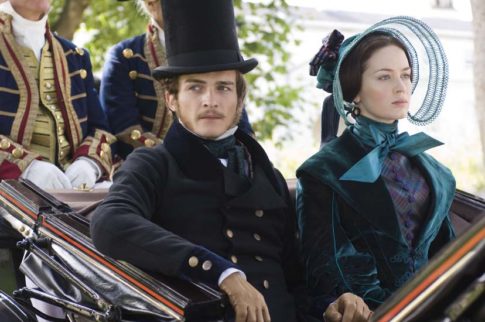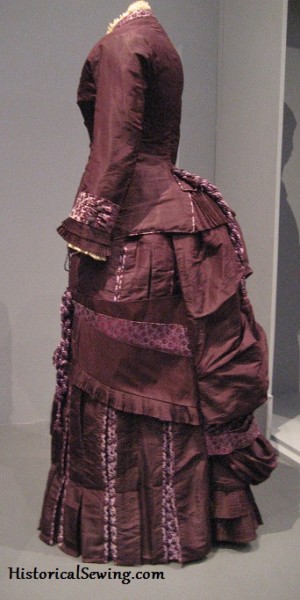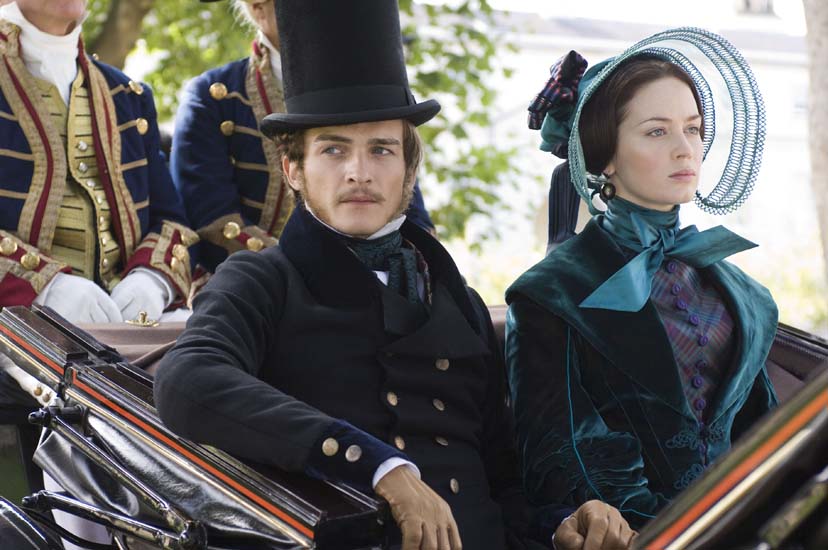
Most often people come into making historical costumes because they love a particular antique garment they saw in a museum or book, or because they fell in love with some fabulous costuming in a film or TV show.
I like to think that we are all striving (at least in some aspects) to make that ONE costume ensemble that causes a whole room to stop when we walk in. I call this and those other garments we’ve fallen in love with as “drool worthy.” Ensembles that take your breath away – be they originals from the past or new creations.
So, how does one make The Drool-Worthy Costume?

I know many excellent costumers and seamstresses who make fabulous gowns with superb construction and design. Their choice of fabrics, the fit, the copying of period seams placed correctly, the hand finishing – all make for a grand historical ensemble.
Their undergarments, too, whisper of days gone by, while they cover or add to their natural head of hair to represent what our ancestors wore. They indeed know what they’re doing, or have studied and researched enough to create that “just stepped out of the portrait studio” look.

We can hardly find fault with their work. Their creativity is ripe and the fruits of their labor are bright.
But then, as we stop and admire and gaze and wonder at these spectacular period clothes we find ’round the web and on museum sites, at events or outings, something catches us for that briefest of moments – in all its fabulousness – something seems missing.
Or it’s just – I can’t put my finger on it….
Why doesn’t it look right? It seems ever so slightly off.
What is it? You probably know what I mean.
The magic is not there in the reproduction.

Say you are making your dream dress, copied from an extant (existing) garment. You study, you plan, you search, you find. You sew, you tear, you wash, you iron, you cut, you sew some more, you rip out, you stitch, you hem, you attach. After hours of work it’s done. It is beautiful.
But why doesn’t it look like the original?
You analyzed every detail you could find about the special gown. You’ve copied it exactly.
But then why does it not look the same?? What’s missing?
Where is the magic you saw in the book or on the screen? Did the clock strike midnight and your fairy godmother’s spells worn off?
This is the supreme question that so many historical dressmakers ask themselves and strive to grasp. We set out to achieve that Ultimate Costume only to have it fall just short of greatness – the handkerchiefs are ready, but no drool comes. What’s wrong?
This can be answered in many ways. I’ll list a few ideas so you can create your next project the best you can make it.
- Proportions are HUGE in reproductions! Obviously you didn’t wear the original dress or the screen costume. If your figure and coloring are not like Keira Knightley’s then that 18th century dress is probably not going to look the same on you. Adjust the dress details accordingly in your project.
Check out my tips for reproducing proportions. And remember that padding of the hips and shoulders goes a long way too!

- As above, the original was not made for you. Take your own best features and characteristics and emphasize them in your ensemble. The most drool-worthy costume is one that highlights the wearer and their features. (Of course, the other side of that is making a memorable dress with no matter to who wears it.
- If your goal is to have everyone admire and love your costume you will be disappointed. We are all extremely varied as to what we like and dislike – what sorts of costumes and creative works tug at our heartstrings and those that make us barf. Don’t try to please all. Work to please yourself with your current skills and making the final design YOURS. Remember: not everyone will care for it. Some will swoon (and drool 😉 ) and others won’t take a second glance.
- Personally, I love reproducing fashion plates. I also love tackling original garments into modern reproductions; and film costumes are favorites. Some costumers stick with antiques. Others only do movie-inspired projects. All of these are important to creativity and self-expression. What is drool-worth in your eyes in not the same in others. Beauty is in the eye of the beholder. 😉
What are your thoughts? Do you chase drool-worthy costumes?


Ooh, nice costumes Jennifer, I wish I could design one of those too.
I was wondering what you thought about dark colored corsets. I have my heart set on making a black Victorian corset but I’m scared that it will show through a sheer dress like one from the 1860s. Thoughts?
We have loads of originals in bright colors and in black too. So don’t hold yourself back from making it. As for showing through, make sure you flatline your bodice which that with your fashion fabric is two layers, and if you needed more I would suggest a corset cover. 🙂
This is the best article and partially quenched my desire to make a period outfit. I love admiring!
I constantly “Pin” images from all sorts of sources including the V&A, television and film. Just dont have the courage to try to re-imagine any of them.